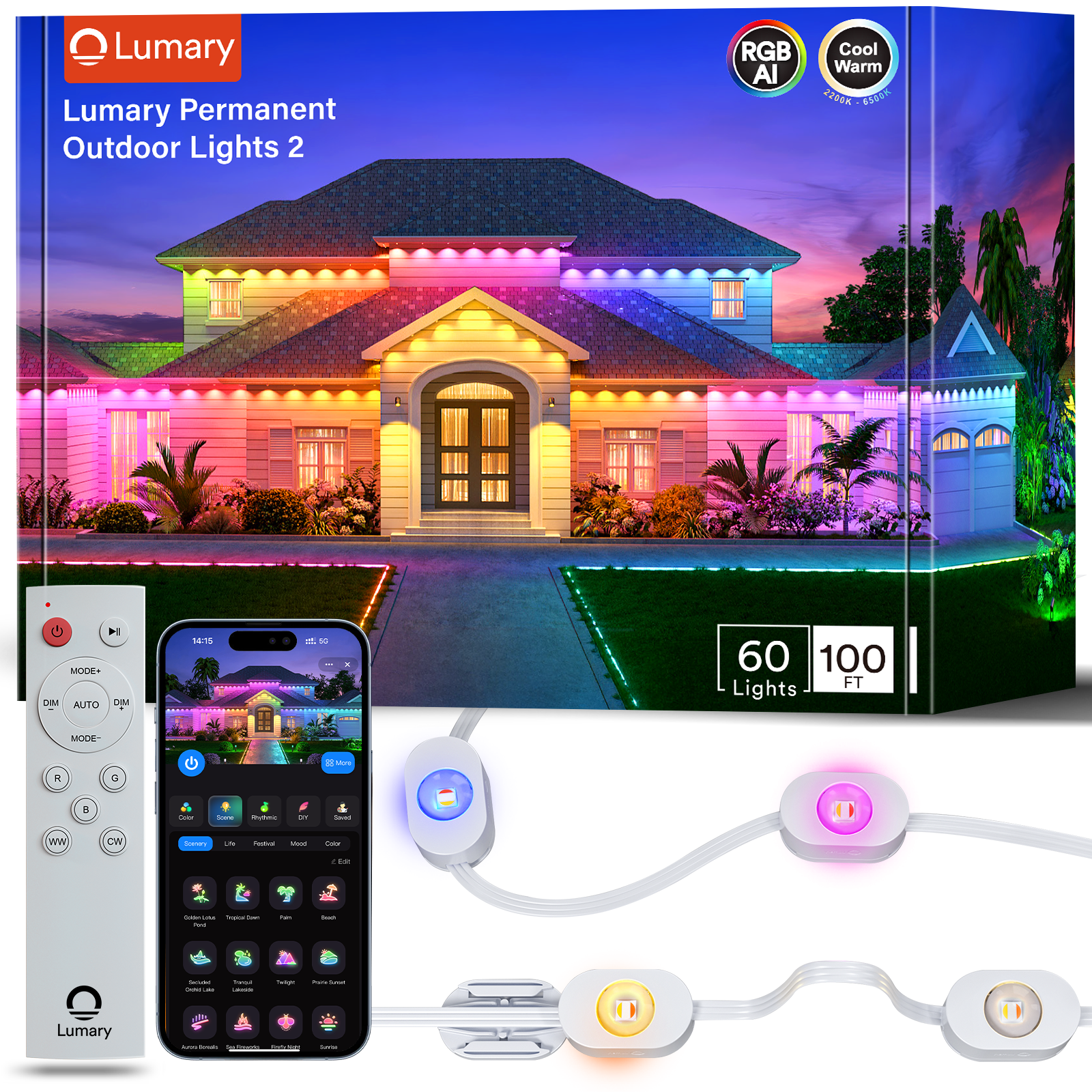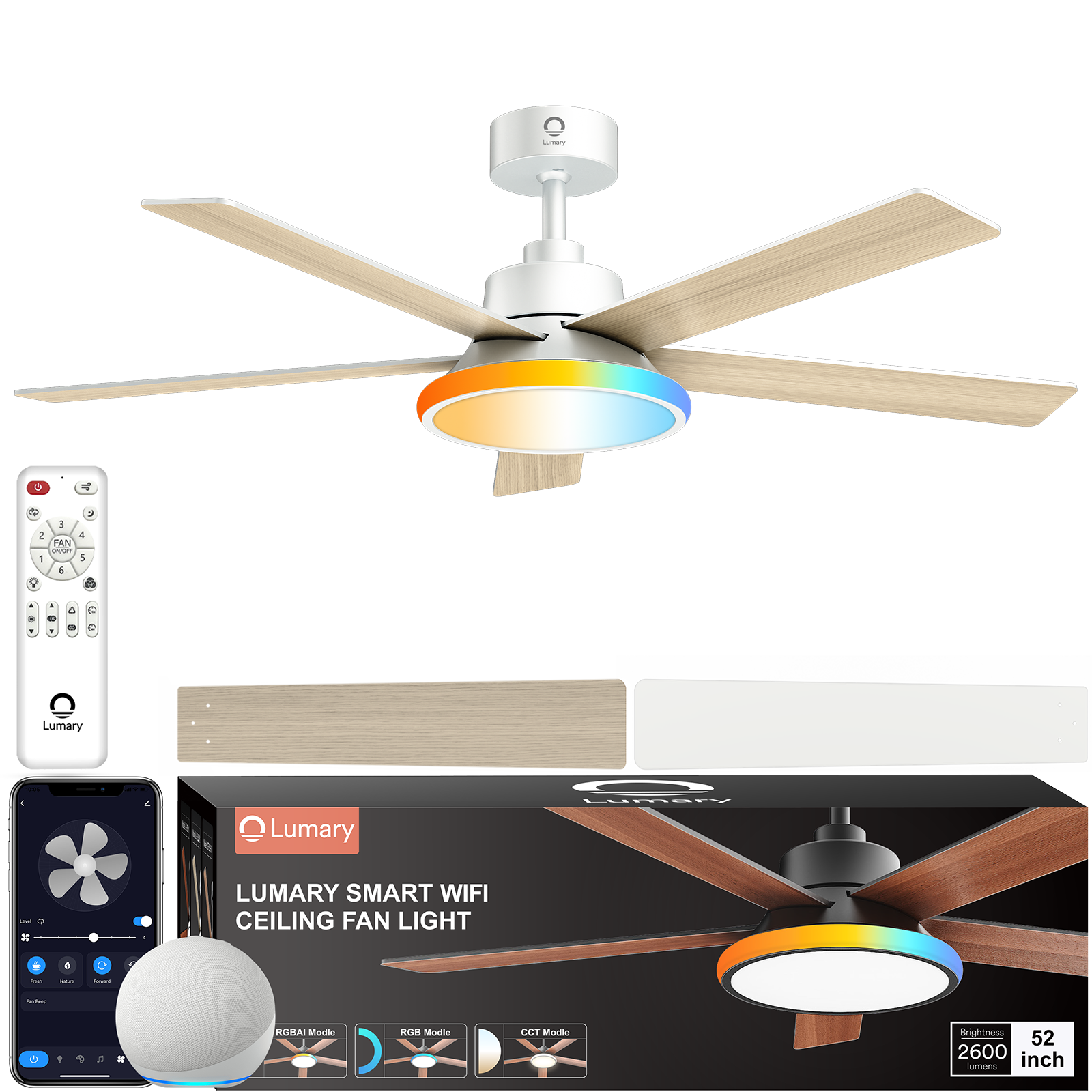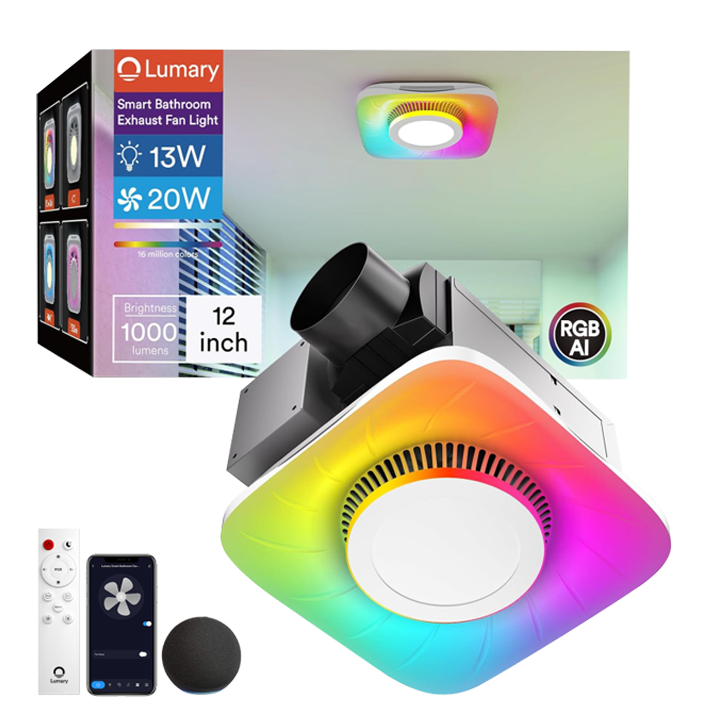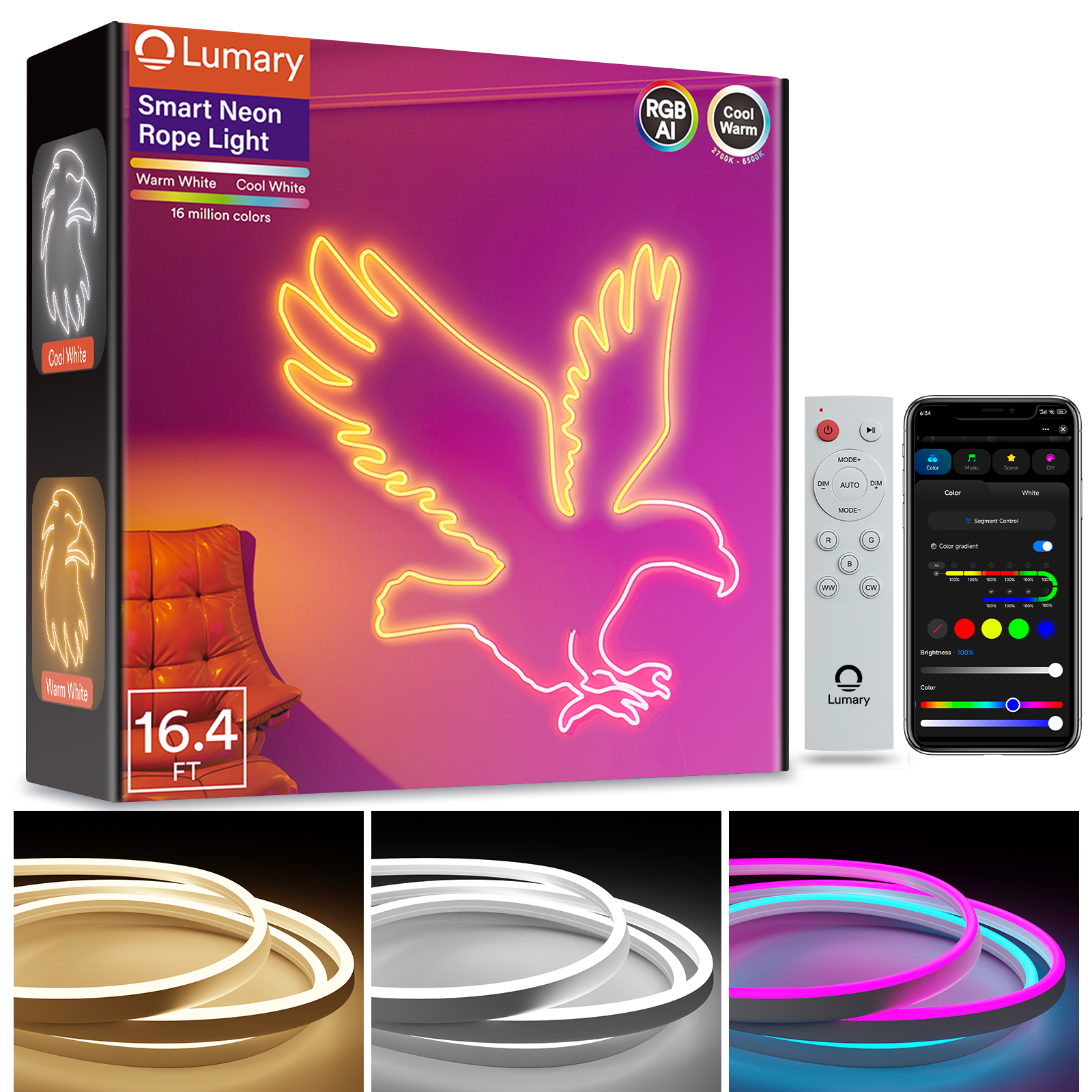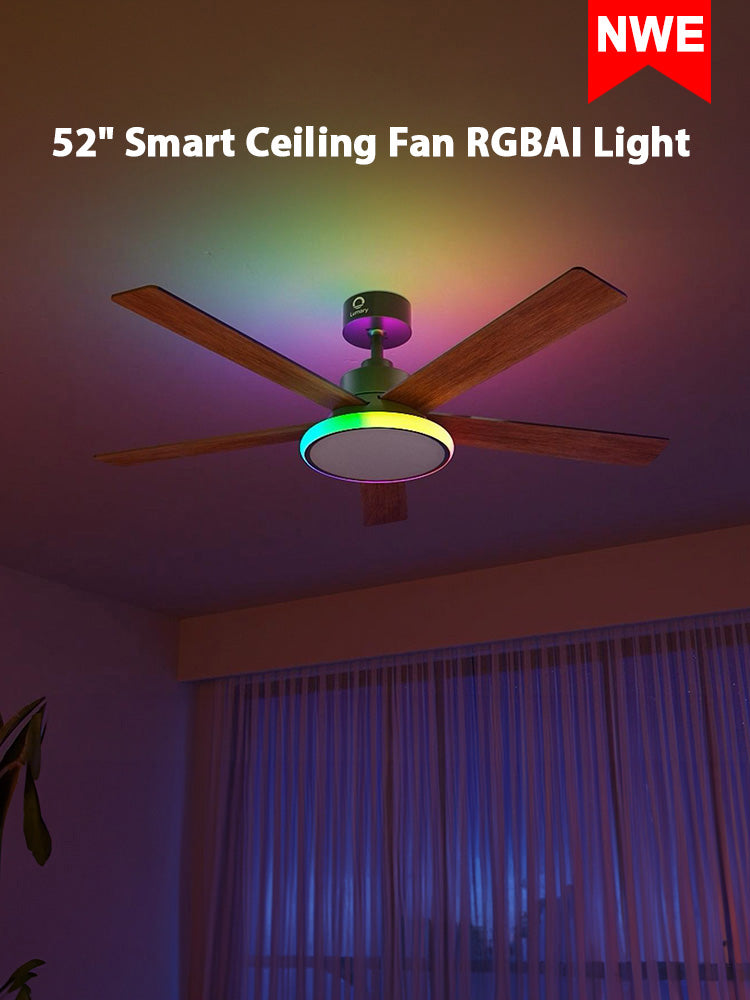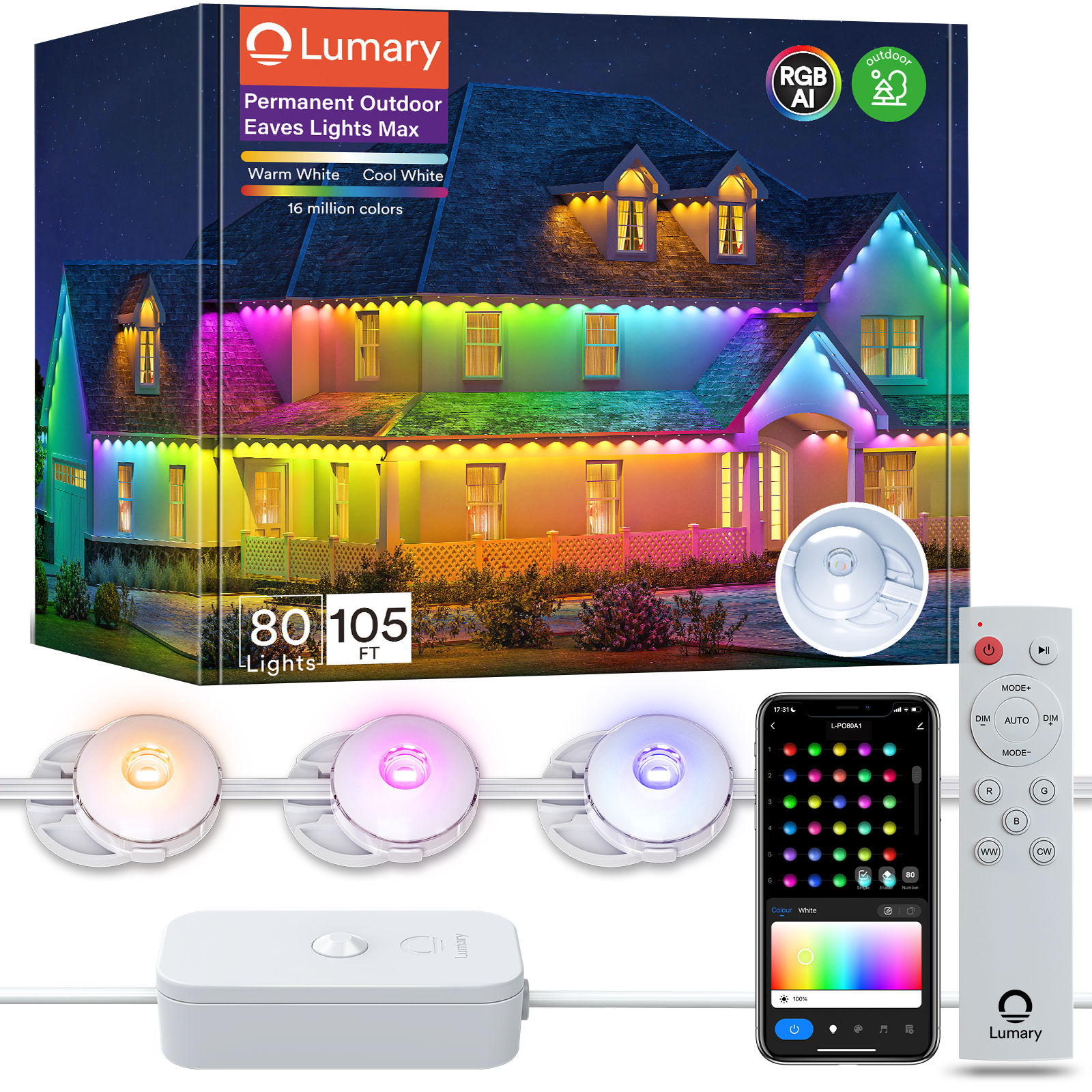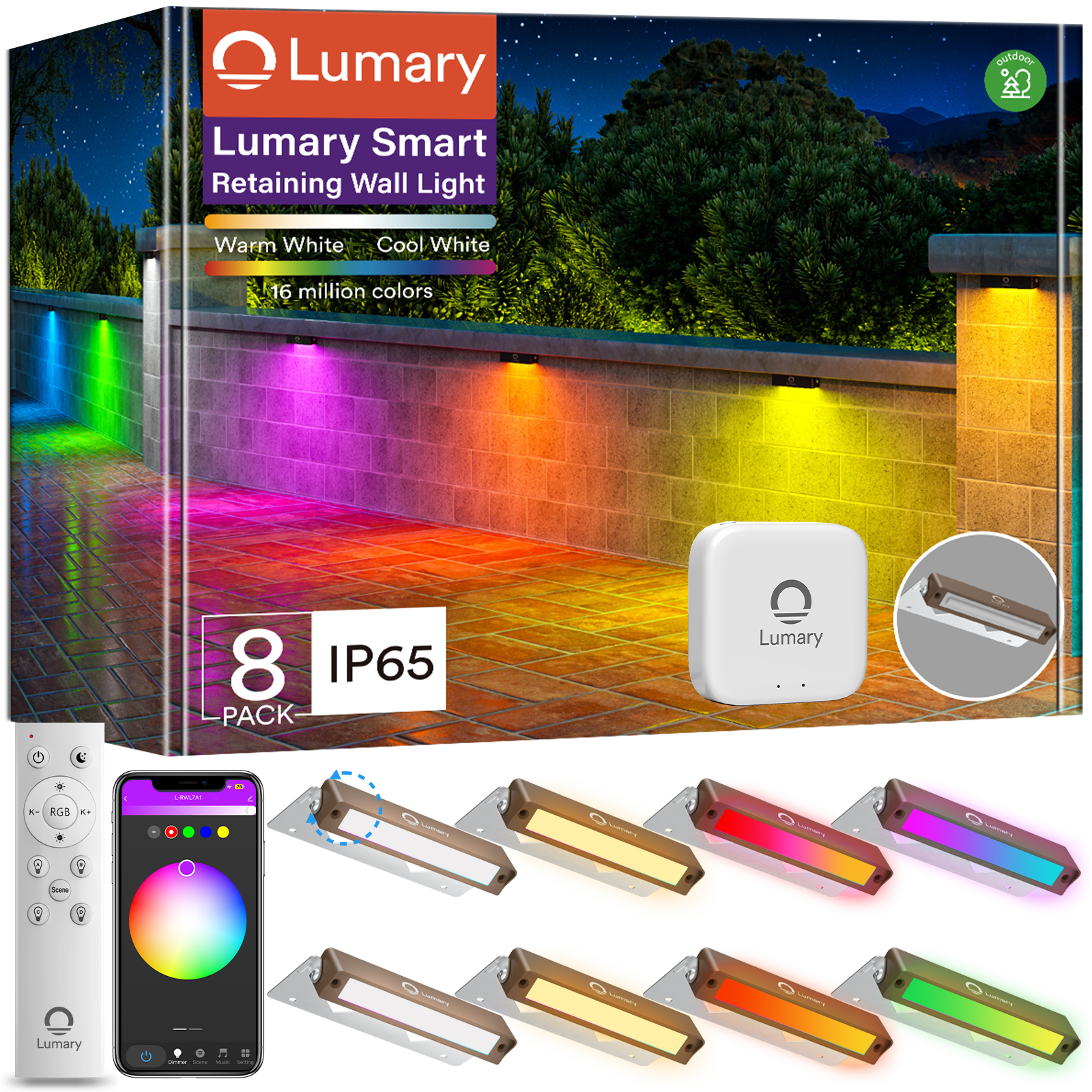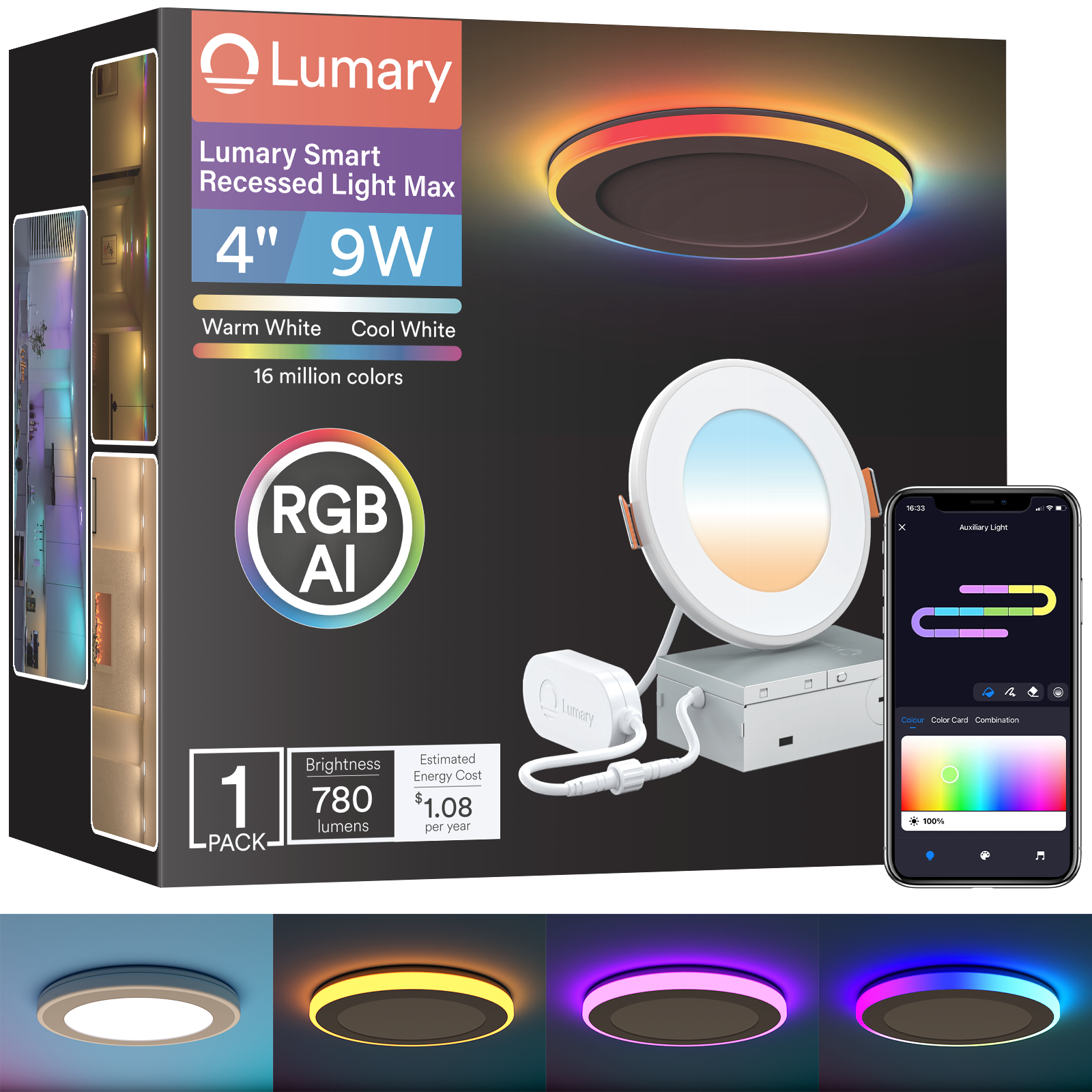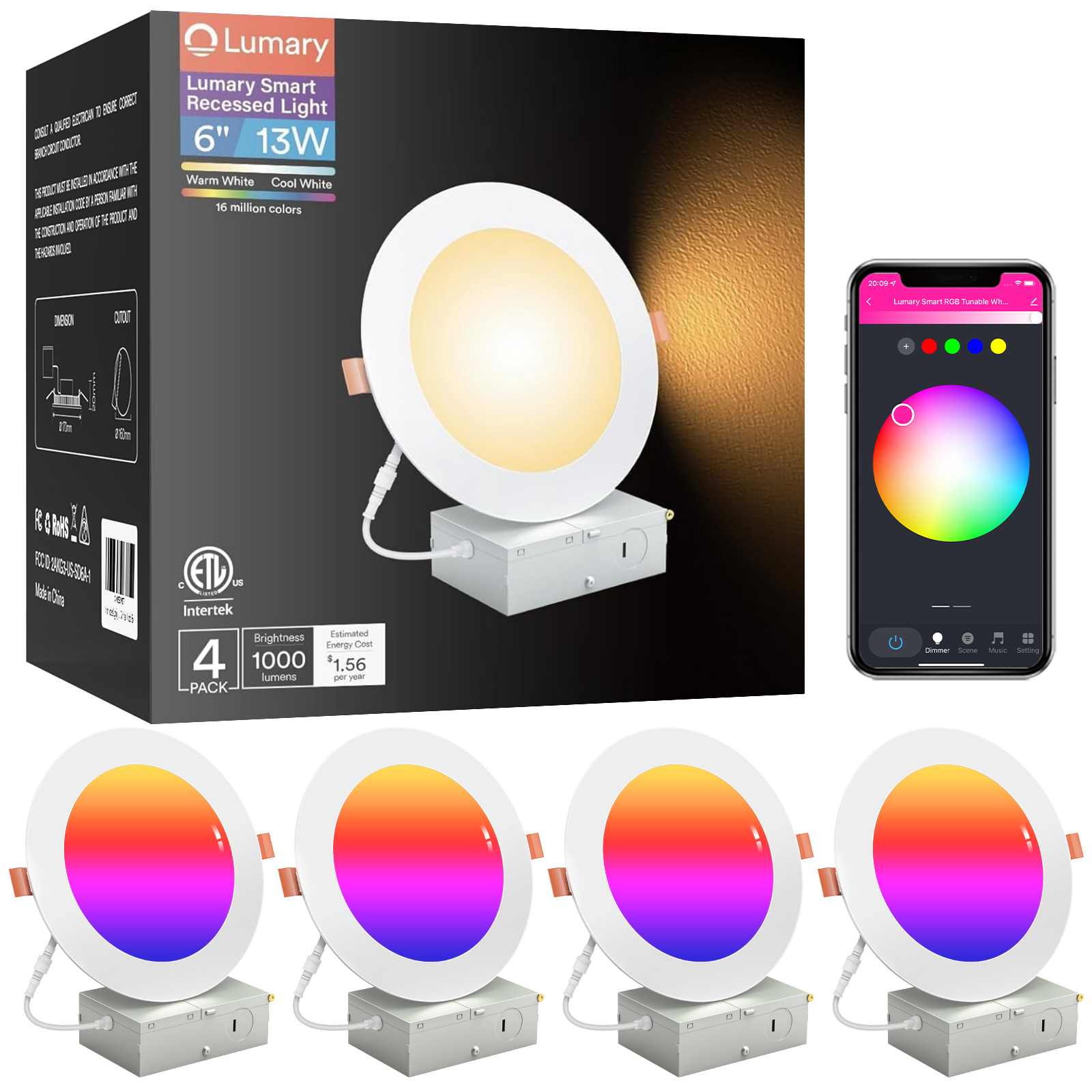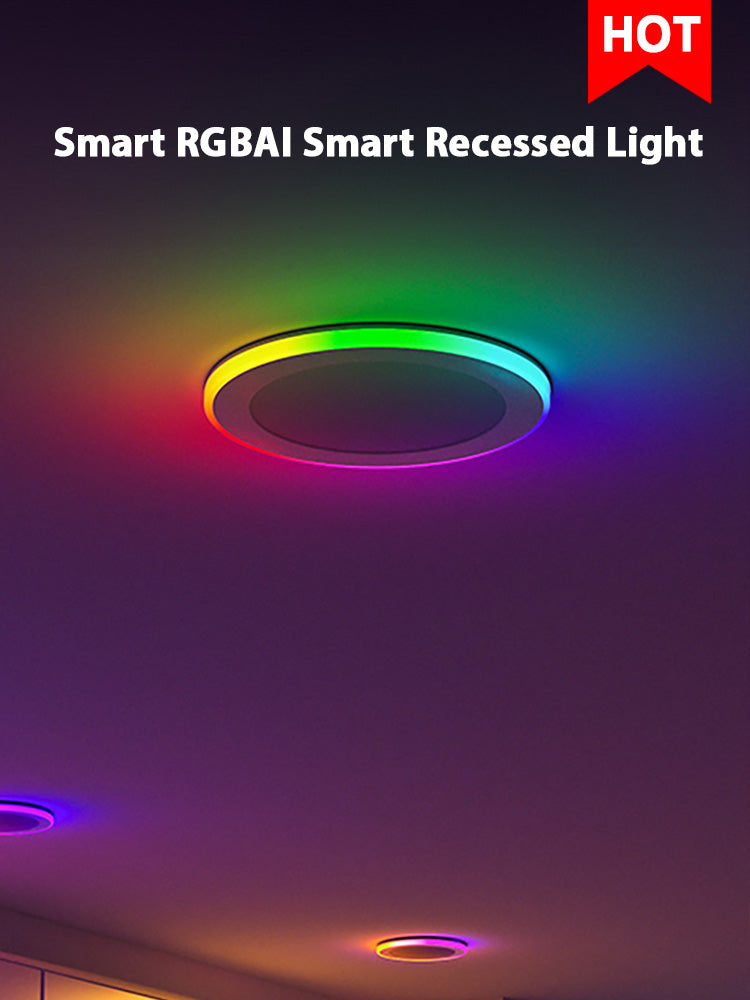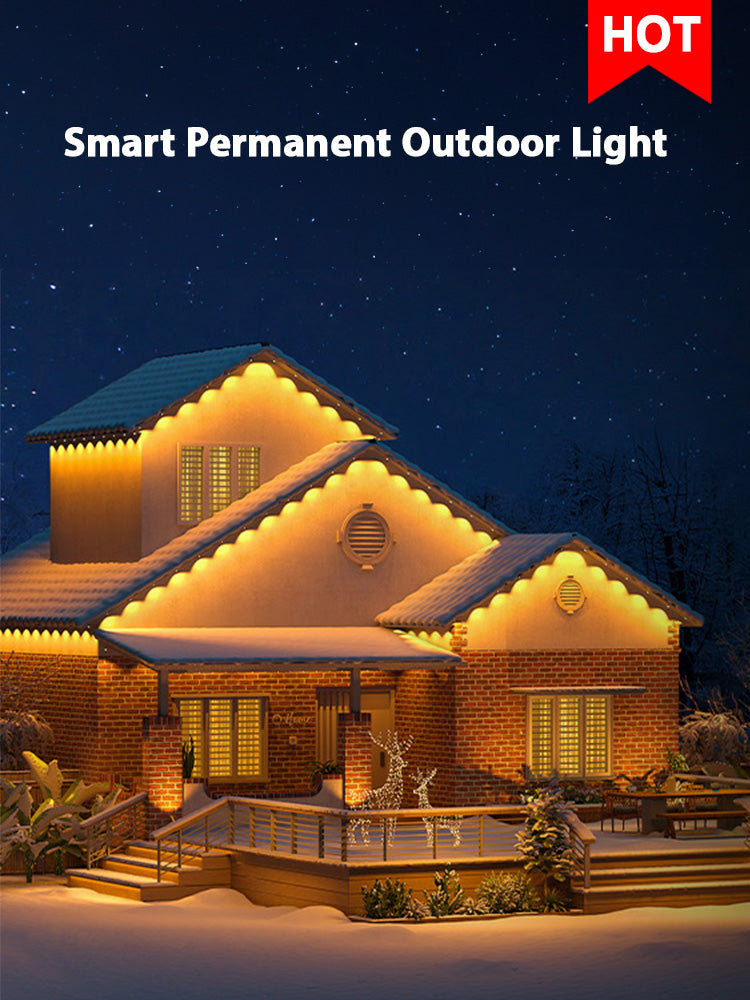-
Always look at the safety rules before you put in recessed light bulbs.
-
Do not use bulbs with more wattage than your fixture allows.
-
Only use bulbs that are made for your fixture and follow all instructions from the maker.
-
Check often for any signs of too much heat or color changes.
-
Lighting equipment and electrical systems caused about 30,740 house fires each year in the U.S. from 2016 to 2020.
-
Newer products like the Lumary Light have features that help lower risks.
Older recessed lighting, sometimes called 'can lights', can be a big fire danger. These fixtures need at least three inches of open space around them to let heat escape. If insulation is packed close to these fixtures, it can make them too hot and cause a fire. The best ways to fix this are to move insulation away from the fixtures or use fixtures that are safe for insulation contact (IC).
By using these safety tips, you help keep your home safe.

Key Takeaways
-
Always read and follow the manufacturer's instructions when you put in recessed light bulbs. This helps stop fires from starting. Check your recessed lights often for signs of getting too hot. Look for color changes or burning smells. Fix any problems right away. Use IC-rated fixtures if your ceiling has insulation. This lowers fire risks and keeps things safe.
Recessed Light Bulbs Safety
Common Hazards
There are some dangers when you use recessed lighting at home. Many problems happen if you install them wrong or use the wrong bulbs. Not following safety rules can also be risky. Using bulbs with too much wattage can start a fire. For example:
-
A person caused a fire in their attic by covering recessed lights with sheetrock. The heat from strong bulbs could not get out and burned the insulation.
-
In another story, recessed lights in an attic made the insulation catch fire before a worker could fix it.
Insulation can also cause trouble. If it is packed tightly around the bulbs, heat gets trapped. This can make bulbs burn out fast or even start a fire. Bad wiring is another danger. Broken wires can cause shorts and sparks, which may lead to fires. If you install fixtures poorly, they might not work right and can be unsafe.
Tip: Always look for signs of overheating, like color changes or a burning smell. If you see these signs, turn off the power and call an expert.
Fire Hazards
Fire is a big worry with recessed lighting. Using bulbs that are too strong can make the fixture too hot. Heat can build up if insulation covers the fixture or if you use the wrong kind of fixture in a ceiling with insulation. IC-rated fixtures are safe to touch insulation. Non-IC-rated fixtures need space so heat can leave.
Always follow the maker’s rules for installing your lights. Use the right bulb type and wattage. Keep insulation away from non-IC-rated fixtures. To lower fire risks, try using new products like the Lumary Light. These lights save energy and are made to be safe.
Here is a table of features to help you stay safe and lower fire risks:
|
Feature |
Description |
|---|---|
|
Installation Guidelines |
Follow the maker’s rules to stop overheating and electrical problems. |
|
Clearance from Insulation |
Leave space around fixtures to stop fires. |
|
Use of Rated Housings |
Pick fixtures made for recessed lighting to be safer and work better. |
|
Licensed Electrician |
Hire a pro to make sure your lights follow local rules. |
|
Regular Maintenance |
Check for damage and use bulbs that fit your fixtures. |
|
Dust and Debris Management |
Keep fixtures clean so they last longer and work well. |
Electrical Hazards
Electrical dangers can happen if you do not install recessed bulbs the right way. Always turn off the power at the breaker before you start. Use tools with insulated handles to keep safe from shocks. Bad wiring can cause shorts, sparks, and even fires. Never ignore electrical safety.
Follow these steps to be safer with electricity:
-
Check your state and local rules to make sure your lights follow the National Electrical Code.
-
Always turn off the power before you work on recessed lights.
-
Use insulated tools to avoid shocks.
-
Hire a licensed electrician if you are not sure about any part of the job.
Modern recessed lights, like the Lumary Light, have features that help you avoid many electrical dangers. These lights use less energy and follow strict safety rules. Always check for IC ratings and follow all maker instructions to keep your home safe.

Safe Installation Requirements
Installation Steps
You must follow safe steps to keep your home safe. Installing recessed lighting the right way stops fires and shocks. Here are the steps for a safe installation:
-
Turn off the power at the breaker. Use a voltage tester to make sure the power is off.
-
Get your work area ready. Move things out of the way and cover the floor to keep it clean.
-
Use a stud finder to find ceiling joists. Mark where you want to put the lights.
-
Cut holes in the ceiling with a saw.
-
Put the electrical cable through the housing. Attach the housing as the maker says.
-
Connect the wires from the housing to the circuit wires. Match the colors and use wire nuts to hold them together.
-
Add the trim and put in the right bulb. Always use the bulb type and wattage the maker says.
-
Turn the power back on and check if the lights work.
Tip: Use the right tools for the job. You will need a drill, screwdriver, wire strippers, gloves, and glasses.
Some people make mistakes when putting in recessed lighting. They might wire things wrong, not secure the fixtures, or forget about insulation. These mistakes can cause shocks, falling lights, or fires. Always check fixture ratings and never use bulbs with too much wattage. LED bulbs help stop heat and save energy. If your ceiling has insulation, use IC-rated fixtures to stop fire risks.
Getting a pro to install your lights makes sure everything is safe. If you are not sure what to do, hire a licensed electrician.
Maintenance Tips
Checking your recessed lighting often keeps it safe and working well. Look at your fixtures at least once a year. Watch for flickering or dim lights, which could mean loose wires or a bad bulb. Smell for burning or look for damage on the fixture. Overheating can happen if insulation covers the housing or if you use the wrong bulb.
-
Clean your fixtures to get rid of dust and dirt. This helps stop overheating.
-
Change burnt-out bulbs right away. Only use bulbs that fit the fixture’s rating.
-
Look for cracks or color changes on the outside.
-
Gently move the fixture to see if it is loose.
-
Use thermal protection devices if your fixtures allow it.
-
Never put insulation over non-IC-rated fixtures.
Test emergency lights every month and check all lights every year. LED lights need checks for flickering or dimming. Taking care of your lights helps them last longer and saves energy.
|
Benefit |
Description |
|---|---|
|
Enhanced Performance |
Clean fixtures give better light and stop heat. |
|
Extended Lifespan |
Checking often stops water and wire damage. |
|
Energy Savings |
Good fixtures use less energy. |
|
Improved Aesthetics |
Clean, working lights make your home look nice. |
Code Compliance
You have to follow electrical codes and local rules for recessed lighting. The National Electrical Code (NEC) gives the main safety rules. NEC Article 410 talks about luminaires, including recessed lighting, and how to put them in different places.
-
Fixtures must be rated for where they go, like wet or damp spots.
-
The NEC tells you how far apart and where to put fixtures for safety.
-
IC-rated fixtures can touch insulation, but non-IC-rated ones need space to stop fires.
Check for certification marks on your fixtures and bulbs. These marks show the products are safe.
|
Certification Mark |
Description |
|---|---|
|
UL/cUL Recognized |
Tested for safety in finished products. |
|
ETL/cETL |
Shows it passed safety tests by another company. |
|
CSA |
Means it passed tough safety tests. |
|
CE |
Meets health and safety rules in the EEA. |
Not following codes can mean your insurance will not pay, your home loses value, or you get fined. You might have to fix things or not get a permit. Getting a pro to install your lights helps you follow the rules and keeps your home safe.
Note: Building codes change a lot. Always check the newest rules before you start.
Picking LED fixtures and following the right steps helps you stay safe. Checking and taking care of your lights, plus following codes, keeps your home safe from fire and shocks.
-
Always do what the manufacturer says to keep your recessed lights safe.
-
Clean your lights and check them often so they work well.
-
Pick good products and get a professional if you are not sure.
Paying attention to safety helps stop fires and keeps your home safe.
FAQ
Can you control the Lumary Smart RGBAI Recessed Light remotely?
You can use your phone to control the Lumary Smart RGBAI Recessed Light. This makes it easier to turn the lights on or off. It also helps you keep your home safer and more comfortable.
Does the Lumary Smart RGBAI Recessed Light have a timer function?
The Lumary Smart RGBAI Recessed Light lets you set a timer. This means you can choose when the light turns on or off. Using the timer can help save energy and keep your lights safe.
Is it hard to install recessed light bulbs like the Lumary Smart RGBAI model?
Most people can put in recessed light bulbs by following the directions. Always read the safety rules before you start. This helps you make sure the lights are put in the right way.

